Explore Hyperrealism: Tips and Techniques
Welcome to the mesmerizing realm of hyperrealism, where art transcends mere representation and ventures into the territory of breathtaking realism. This article delves into the captivating world of hyperrealism, offering insights into its techniques, tools, and the artistic mindset required to create stunningly lifelike artworks. Imagine walking into a gallery and being unable to distinguish between a painting and a photograph; that’s the magic of hyperrealism! It’s not just about replicating reality, but about capturing the essence of life itself in a way that leaves viewers in awe.
At its core, hyperrealism is an art movement that seeks to create artwork that resembles high-resolution photographs. Originating in the late 20th century, hyperrealism evolved from photorealism, yet it goes beyond mere photographic accuracy. While photorealism aims to replicate a photo as closely as possible, hyperrealism infuses emotional depth and narrative elements into the artwork. This movement is characterized by meticulous attention to detail, vibrant colors, and a sense of three-dimensionality that pulls the viewer into the scene. Artists often use techniques that enhance the perception of reality, such as dramatic lighting and intricate textures, making their work feel alive.
To achieve those stunning hyperrealistic effects, artists need to equip themselves with specific tools. The choice of materials can significantly impact the final outcome of the artwork. Essential materials include various types of paints, brushes, and surfaces that are best suited for hyperrealistic artwork. For instance, the right brush can make a world of difference when it comes to achieving fine details or smooth blends. Here’s a quick overview of the essential tools:
| Tool Type | Description |
|---|---|
| Paints | Oils, Acrylics, Pastels - each offers unique qualities for hyperrealism. |
| Brushes | Fine-tipped brushes for detail work and larger brushes for background blending. |
| Surfaces | Canvas, wood panels, or specialized paper to enhance texture and detail. |
Different mediums can greatly affect the outcome of hyperrealistic art. Each medium has its pros and cons, and understanding these can help you make the best choice for your project. For example, oil paints are favored for their rich textures and blending capabilities, allowing for a smooth transition between colors that can create stunning depth. On the other hand, acrylics offer faster drying times, which can be advantageous for artists who like to work quickly, but they can be challenging for blending due to their quick drying nature.
Oil paints are often the go-to choice for hyperrealism due to their versatility and richness. With oil paints, artists can achieve a level of detail that is hard to replicate with other mediums. The ability to layer and glaze over previous work allows for the creation of complex textures and subtle color variations. When using oil paints, it's essential to master techniques like scumbling and glazing to enhance the realism of your artwork. The slow drying time also provides the flexibility to work and rework areas until they reach the desired effect.
When comparing acrylics to oils, it's important to consider the specific needs of your artwork. Acrylics dry much faster, which can be both a blessing and a curse. While this speed allows for quick layering, it can also make blending more difficult. If you thrive on spontaneity and quick changes, acrylics might be your medium of choice. However, if you prefer a more controlled approach to detail and texture, oils might be the way to go. Ultimately, the choice depends on your personal style and the specific demands of your project.
The choice of surface is crucial in hyperrealism. The right surface can enhance detail and realism, making your artwork pop. Artists often choose between canvas, wood panels, or specialty papers, each providing different textures and absorbency levels. A smooth surface can help in achieving fine details, while a textured surface might add an interesting dimension to the artwork. Experimenting with various surfaces can lead to surprising results, so don’t hesitate to explore!
Mastering techniques is key to successful hyperrealism. Techniques such as layering, glazing, and blending are fundamental in creating depth and detail in artworks. Layering involves applying multiple coats of paint to build up color and texture, while glazing allows for the creation of luminous effects that can make your artwork glow. Blending, on the other hand, is crucial for achieving smooth transitions between colors, giving your piece that lifelike quality.
Layering is essential for building depth and realism. To effectively layer colors and textures, start with a base layer and gradually build up to the final details. This process not only enhances the richness of the colors but also creates a sense of dimensionality. Think of layering like building a cake; each layer adds to the overall flavor and texture, making the final product irresistible!
Blending and glazing techniques can enhance the smoothness and luminosity of your artwork. Blending involves mixing colors directly on the canvas, while glazing is about applying a thin, transparent layer of color over dried paint. Both techniques require practice, but they can dramatically elevate the quality of your hyperrealistic art. Don't be afraid to experiment with different approaches to find what works best for you!
Creating hyperrealistic art requires more than technical skills; it demands a specific mindset. Patience, observation, and attention to detail are paramount in the artistic process. Hyperrealism is not a race; it’s a journey that requires you to slow down and truly observe the world around you. The ability to see details that others might overlook is what sets hyperrealist artists apart.
Developing keen observation skills is fundamental to hyperrealism. To enhance your ability to see details accurately, try exercises such as sketching from life, using reference photos, or even practicing meditation to sharpen your focus. The more you train your eyes to notice subtleties in light, shadow, and texture, the more your artwork will reflect those nuances.
Hyperrealism is a time-consuming process that demands patience. Cultivating patience is essential, as rushing through the process can lead to mistakes and a lack of detail. Consistent practice is the key to mastering this art form. Set aside time each week to work on your skills, experiment with techniques, and push the boundaries of your creativity. Remember, the journey to becoming a skilled hyperrealist is just as important as the final masterpiece!
- What is the difference between hyperrealism and photorealism? Hyperrealism goes beyond photorealism by adding emotional depth and narrative elements to the artwork.
- Which medium is best for hyperrealism? Both oil paints and acrylics can be used effectively; it depends on your personal style and the effects you want to achieve.
- How long does it take to create a hyperrealistic piece? The time varies greatly depending on the complexity of the work, but it often takes weeks or even months to complete a single piece.
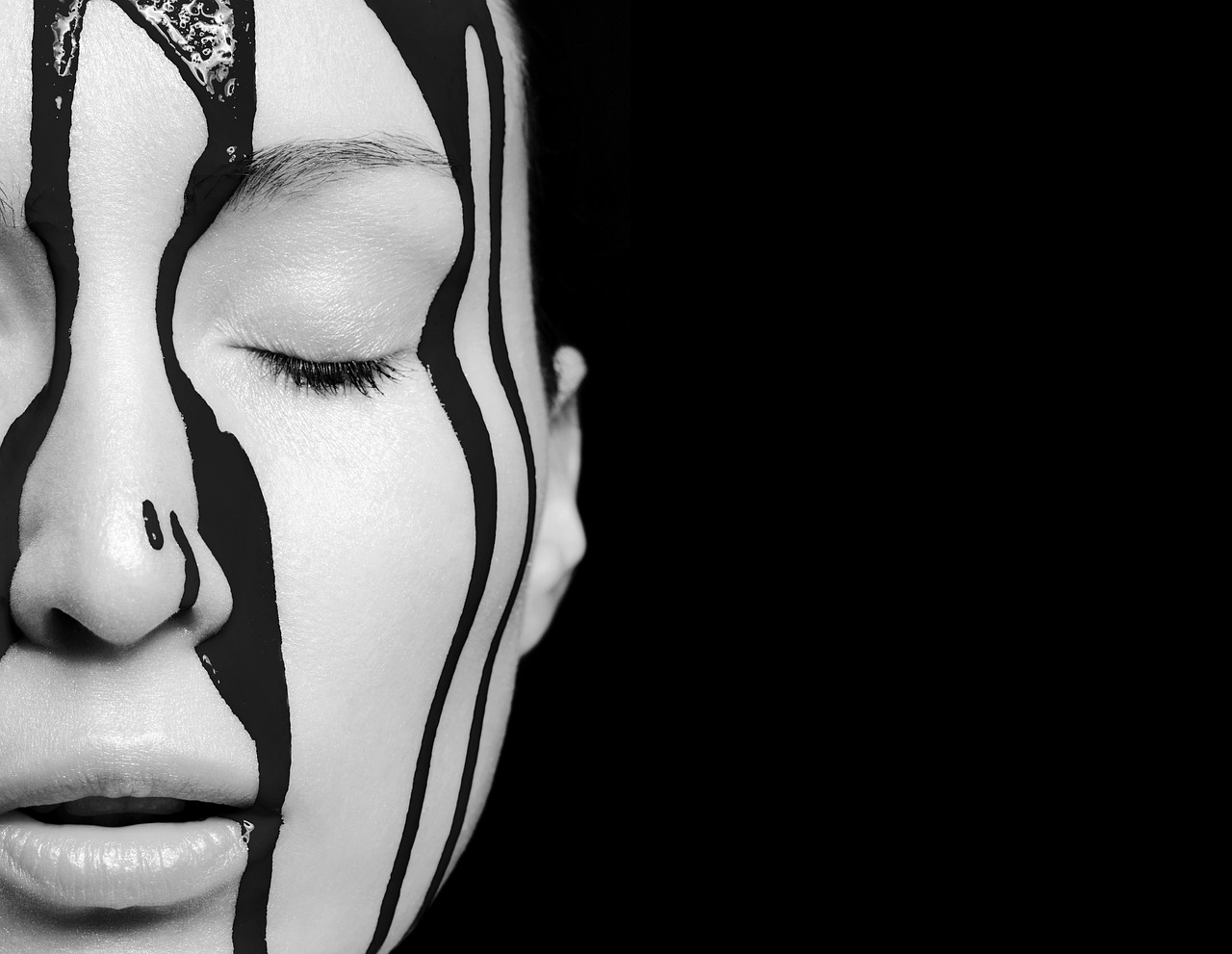
Understanding Hyperrealism
Hyperrealism is an art movement that takes the concept of realism and cranks it up to eleven. Imagine walking into a gallery and feeling like you could reach out and touch the subjects in the paintings; that's the magic of hyperrealism. Emerging in the late 1960s and early 1970s, this style aims to create artworks that are so lifelike they could easily be mistaken for high-resolution photographs. Unlike photorealism, which focuses on replicating a photograph with precision, hyperrealism often incorporates elements of surrealism and imagination, pushing the boundaries of reality to create a more profound emotional impact.
The defining characteristics of hyperrealism include an extraordinary attention to detail and a meticulous approach to color and texture. Artists often spend countless hours observing their subjects, whether they are human figures, landscapes, or everyday objects, to capture minute details that might go unnoticed by the casual observer. This dedication to detail is what sets hyperrealism apart; it’s not just about replicating what you see but also about conveying a deeper narrative through the artwork.
To further understand hyperrealism, it’s essential to recognize how it differs from other forms of realism. While both aim for accuracy, hyperrealism often employs techniques that exaggerate certain features or colors to evoke emotions or provoke thought. For instance, an artist might enhance the sheen of a subject's skin or the vibrancy of a fruit to create a more striking visual experience. This approach transforms ordinary scenes into extraordinary visual stories.
In summary, hyperrealism is not merely a technique but a philosophy of seeing and interpreting the world. It challenges artists to look beyond the surface and delve into the intricacies of life, capturing not just what is visible but also what is felt. As you dive deeper into this captivating art form, you'll discover that every brushstroke and detail holds a story waiting to be told.
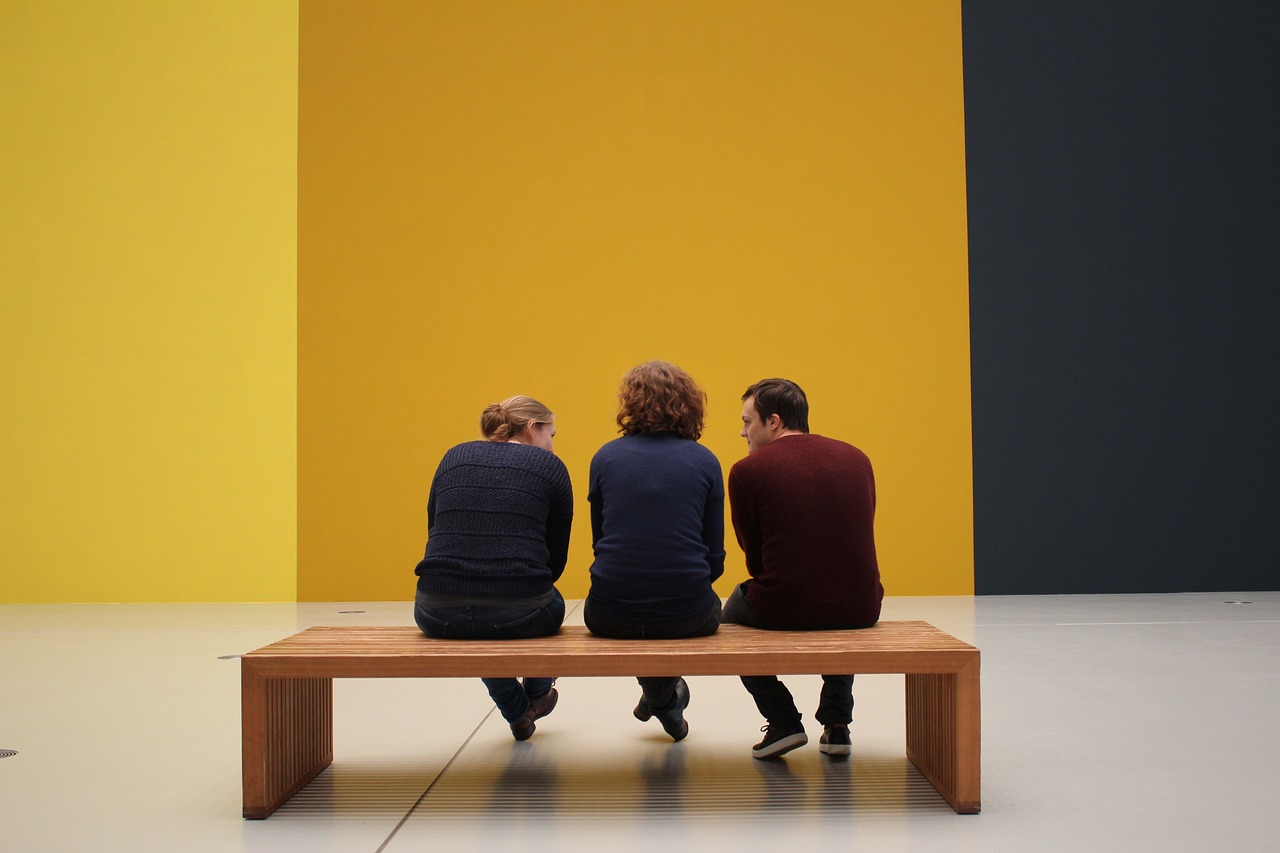
Essential Tools for Hyperrealism
Creating hyperrealistic art is no small feat; it requires a keen eye for detail and an arsenal of essential tools that can help bring your vision to life. To achieve that stunningly lifelike quality, artists must choose their materials wisely. The right combination of paints, brushes, and surfaces can make all the difference between a good piece and an extraordinary one. So, what exactly do you need to get started? Let’s dive into the essential tools that every hyperrealist should consider.
First and foremost, the type of paint you choose plays a critical role in your artwork's overall effect. There are various mediums available, but oils and acrylics are the most popular among hyperrealists. Oil paints are favored for their rich textures and the ability to blend seamlessly, allowing for a depth that can mimic reality. On the other hand, acrylics dry faster and can be easier to work with for beginners, but they may require a different approach to blending. Understanding the strengths and weaknesses of each medium is essential for making informed choices as you progress in your hyperrealistic journey.
When it comes to brushes, having a variety of sizes and shapes is crucial. Fine-tipped brushes are perfect for adding intricate details, while broader brushes can help lay down base layers and larger areas of color. Additionally, consider using blending tools such as tortillons or soft cloths to achieve that smooth, realistic finish. The right tools can elevate your work, making it appear more lifelike and polished.
Next, let’s talk about surfaces. The choice of surface is equally important in hyperrealism. A smooth, high-quality canvas or paper can significantly affect the outcome of your artwork. For oil paints, a primed canvas is ideal, while acrylics can work well on both canvas and heavier paper designed for mixed media. The texture of your surface can either enhance or detract from the details you want to capture, so be sure to test different surfaces to find what works best for you.
| Tool | Description | Recommended Use |
|---|---|---|
| Oil Paints | Rich in texture, ideal for blending | For detailed and layered applications |
| Acrylic Paints | Fast-drying, versatile | For quicker projects and mixed media |
| Brushes | Variety of sizes and shapes | For detail work and base layers |
| Blending Tools | Tortillons, soft cloths | For achieving smooth transitions |
| Surfaces | Primed canvas, heavyweight paper | For optimal paint application |
In conclusion, mastering hyperrealism is not just about the artistic skills you possess; it’s also about having the right tools to support your creative vision. By investing in quality materials and understanding how to use them effectively, you can enhance your ability to create artworks that truly captivate and amaze. Remember, the journey to becoming a hyperrealist is filled with experimentation and discovery, so don’t hesitate to explore different tools and techniques as you develop your unique style.
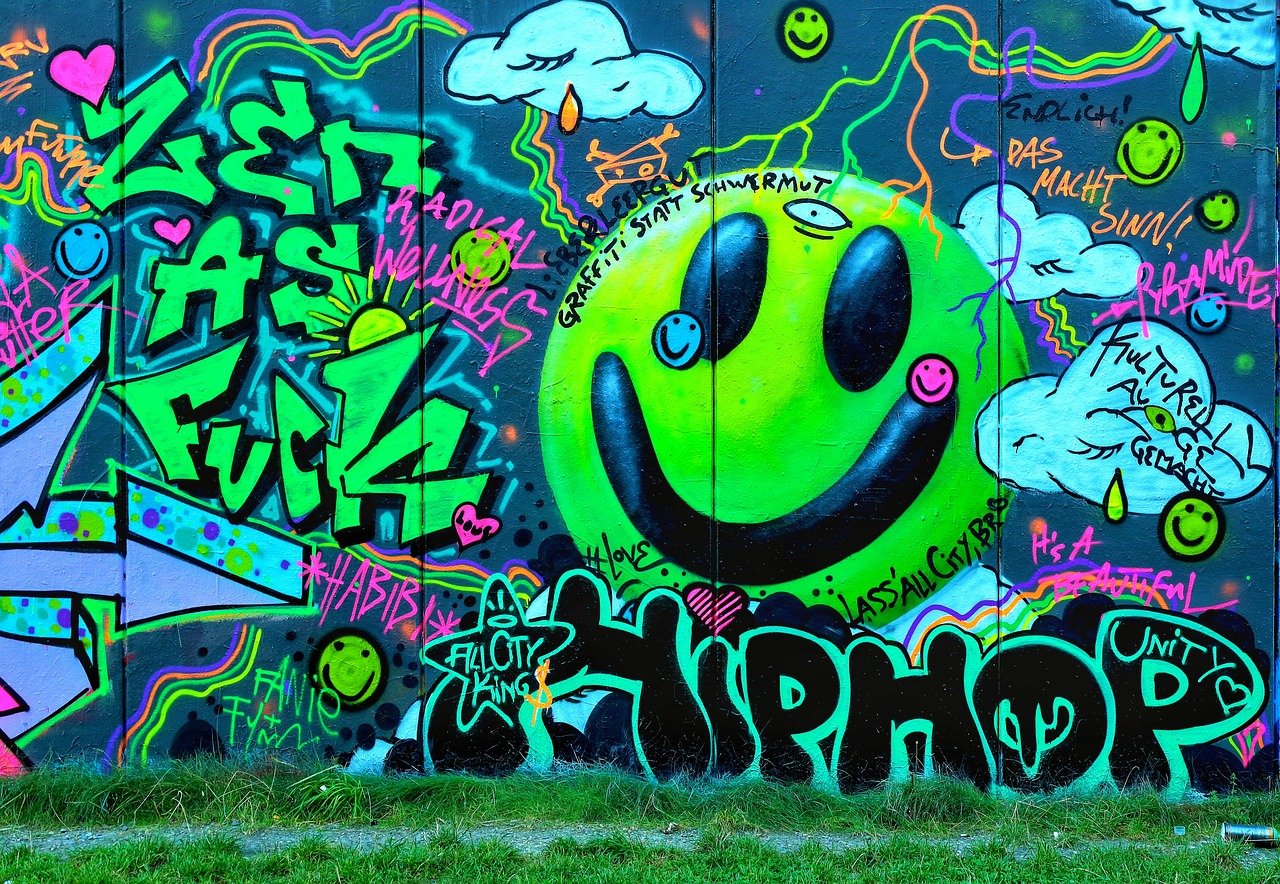
Choosing the Right Medium
When it comes to hyperrealism, choosing the right medium is like picking the perfect ingredients for a gourmet dish. Each medium has its own unique properties that can dramatically affect the final outcome of your artwork. Whether you are a seasoned artist or a curious beginner, understanding the strengths and weaknesses of various mediums will empower you to make informed decisions that elevate your hyperrealistic creations.
Let’s dive into the world of mediums! First up, we have oil paints. Renowned for their rich textures and exceptional blending capabilities, oil paints allow artists to create depth and luminosity that can be breathtaking. Imagine the way light dances across a surface; oil paints can capture that essence beautifully. However, they do come with a longer drying time, which can be a double-edged sword. On one hand, you have the luxury of working slowly to achieve the perfect blend, but on the other, you might find yourself waiting impatiently for layers to dry.
Next, we have acrylics. These fast-drying paints offer an entirely different experience. They are fantastic for artists who thrive on quick results, but they can be tricky when it comes to blending. Acrylics dry rapidly, which means you need to work swiftly to achieve smooth transitions. If you’re someone who enjoys the thrill of spontaneity in your art, acrylics might just be your best friend. However, if you prefer to take your time and meticulously layer your work, oil paints may be the better option.
Another medium worth mentioning is pastels. While they are less common in hyperrealism, pastels can produce stunning results when used correctly. Their ability to create soft textures and vibrant colors makes them an appealing choice for certain subjects, such as portraits or landscapes. However, they require a different approach in terms of surface selection and technique, often needing a textured paper to grip the pigment effectively.
To help you visualize the differences between these mediums, here’s a quick comparison:
| Medium | Drying Time | Blending Capability | Best For |
|---|---|---|---|
| Oil Paints | Slow | Excellent | Depth and realism |
| Acrylics | Fast | Moderate | Vibrant and bold works |
| Pastels | Varies | Good | Soft textures and colors |
Ultimately, the choice of medium comes down to personal preference and the specific effects you want to achieve in your hyperrealistic art. Don’t be afraid to experiment with different mediums to find what resonates with you. Each medium offers a unique voice to your artwork, and embracing that variety can lead to remarkable discoveries in your artistic journey.
In conclusion, whether you opt for the lush richness of oil paints, the quick-drying versatility of acrylics, or the delicate touch of pastels, remember that the medium is just one part of the equation. Your creativity, skill, and passion are what will truly bring your hyperrealistic visions to life!
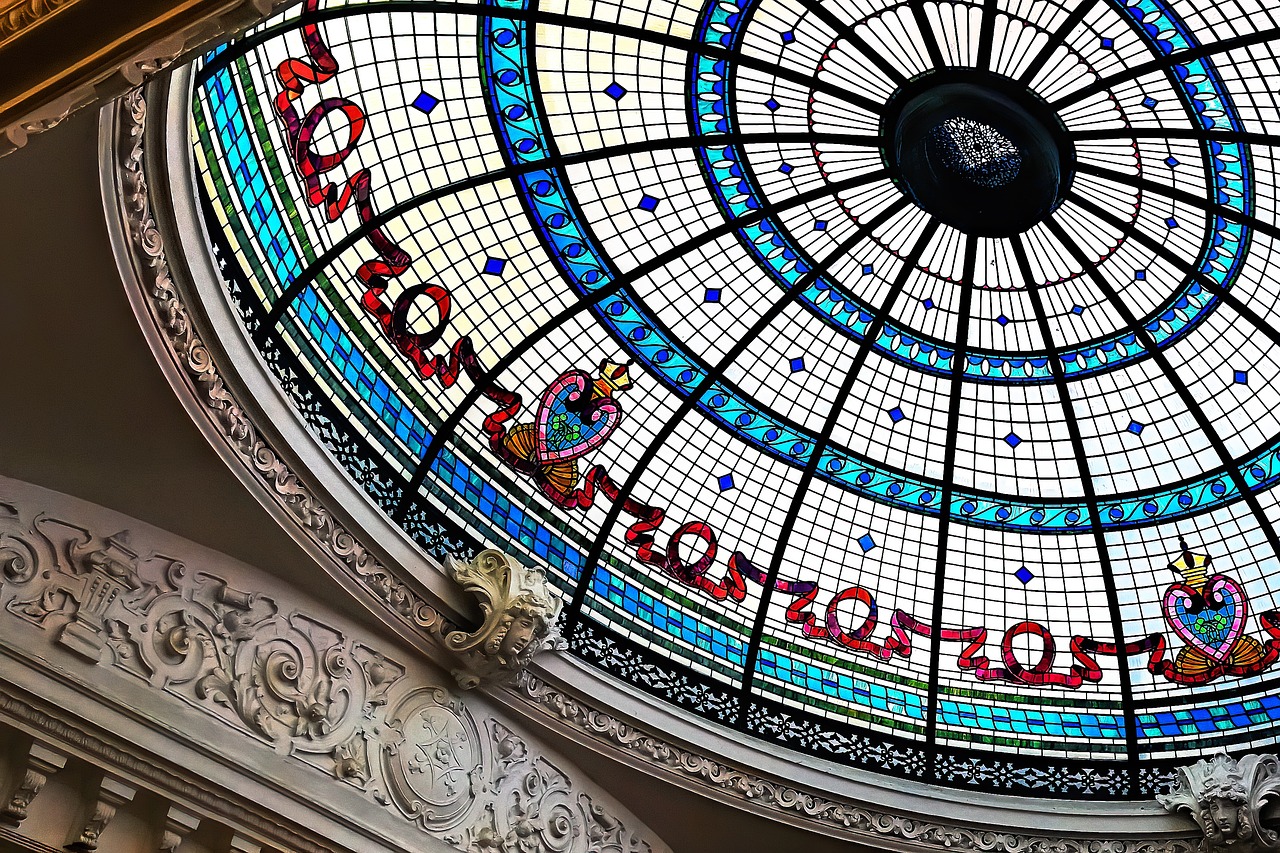
Oil Paints
When it comes to hyperrealism, are often considered the gold standard among artists. Their unique properties allow for a level of detail and depth that is hard to achieve with other mediums. One of the most alluring aspects of oil paints is their rich textures and the ability to blend colors seamlessly. This is particularly important in hyperrealistic art, where the goal is to create a lifelike representation that can fool the eye. Unlike acrylics, which dry quickly, oil paints remain workable for a longer period, giving artists the freedom to manipulate and refine their work over time.
To get the most out of oil paints in hyperrealism, consider the following key factors:
- Blending Capabilities: The slow drying time allows for extensive blending, which is essential for achieving smooth transitions between colors and creating realistic skin tones or textures.
- Layering: Artists can build up layers of paint, adding depth and richness to their work. This technique is crucial for mimicking the way light interacts with surfaces.
- Variety of Finishes: Oil paints can be manipulated to achieve various finishes, from glossy to matte, depending on the desired effect.
However, working with oil paints does come with its challenges. For instance, the need for solvents and mediums can complicate the process and require careful handling. Additionally, the long drying time can be both a blessing and a curse; while it allows for detailed work, it can also lead to prolonged sessions in front of the canvas. Artists must also be aware of the fat over lean rule, which states that each subsequent layer of paint should contain more oil than the one beneath it to prevent cracking.
In summary, oil paints are a powerful tool in the hyperrealist's arsenal. Their ability to create intricate details and lifelike textures makes them indispensable for artists aiming to push the boundaries of realism. As you practice with oil paints, experiment with different techniques and find what works best for you. The journey to mastering hyperrealism is a rewarding one, filled with opportunities to express your creativity and hone your skills.
What are the advantages of using oil paints for hyperrealism?
Oil paints offer excellent blending capabilities, rich textures, and the ability to build up layers for depth, making them ideal for hyperrealistic artworks.
How do I manage drying times with oil paints?
Utilize mediums that can speed up drying times if necessary, but be mindful of maintaining the fat over lean rule to avoid cracking.
Can I mix oil paints with other mediums?
Yes, but ensure that the mediums are compatible. Mixing oil paints with acrylics or watercolors can lead to issues, so it's best to use them separately or in a controlled manner.
Is it necessary to use solvents with oil paints?
While solvents help in thinning and cleaning, there are also solvent-free alternatives available that can provide a safer working environment.
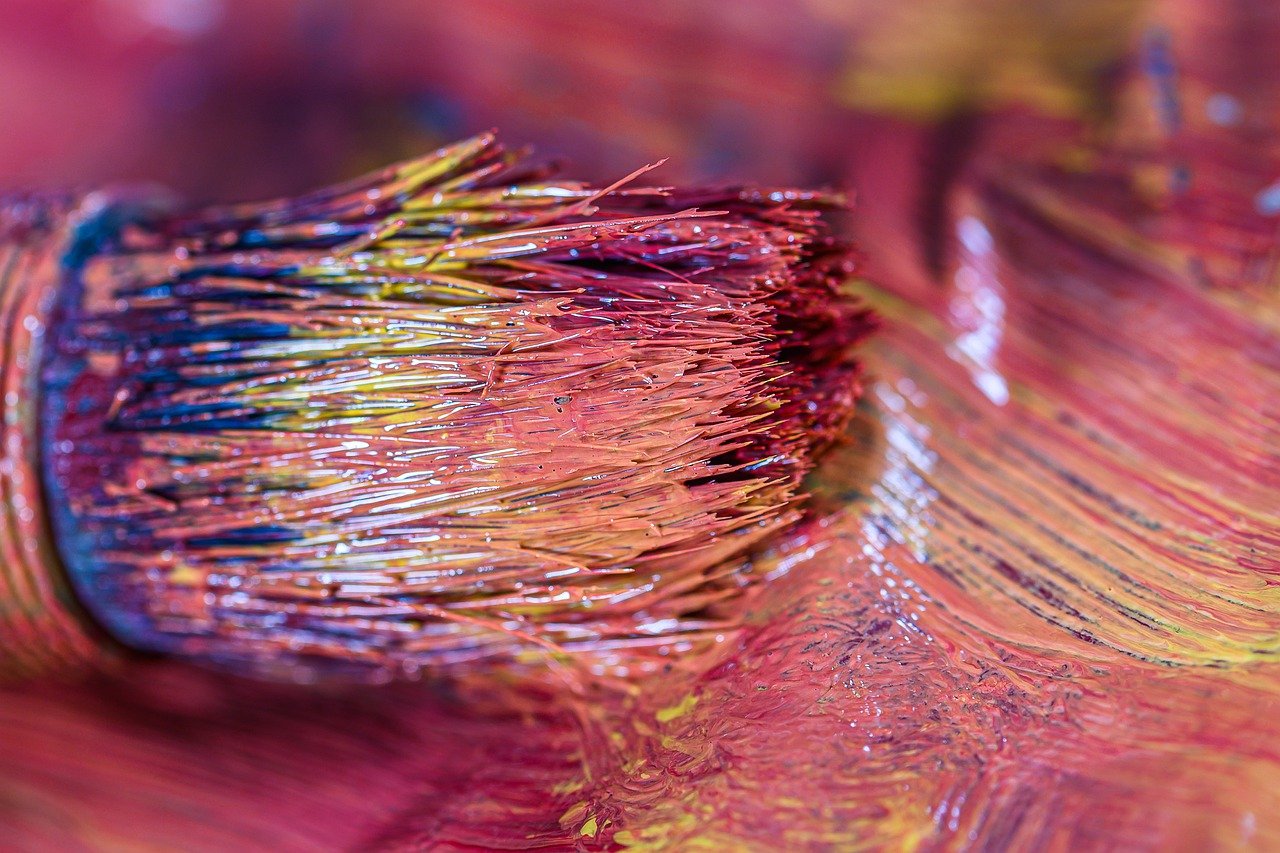
Acrylics vs. Oils
When diving into the world of hyperrealism, one of the most significant decisions an artist faces is choosing between acrylics and oils. Both mediums have their unique characteristics and can yield stunning results, but they cater to different artistic needs and styles. So, how do you determine which one is right for you? Let's break it down.
Acrylic paints are known for their quick drying times, which can be a double-edged sword. On one hand, this allows artists to build layers rapidly and make adjustments without waiting long periods. However, the fast drying nature can also make blending colors more challenging. If you are someone who enjoys working quickly and experimenting with layering, acrylics might be your go-to medium. They also tend to be more versatile, as they can be thinned with water and used in various techniques, from washes to impasto.
On the other hand, oil paints have been a favorite among artists for centuries, and for good reason. Their rich, buttery texture allows for exceptional blending and layering, creating a depth that is often hard to achieve with acrylics. The slower drying time of oils gives artists the freedom to work on a piece over an extended period, refining details and making subtle adjustments. This can be particularly beneficial for hyperrealistic artworks, where precision is key.
To help you visualize the differences, here's a quick comparison:
| Feature | Acrylics | Oils |
|---|---|---|
| Drying Time | Fast | Slow |
| Blending Capability | Moderate | Excellent |
| Texture | Varied (can be thick or thin) | Rich and buttery |
| Cleanup | Water-based | Solvent-based |
| Longevity | Less durable over time | Highly durable and archival |
Ultimately, the choice between acrylics and oils boils down to your personal preference and the specific needs of your hyperrealistic project. If you thrive on speed and versatility, acrylics might be your best bet. However, if you’re looking for depth and a more traditional approach, oils could be the way to go. Remember, many artists experiment with both mediums to find the perfect balance for their unique style.
In summary, understanding the strengths and weaknesses of each medium can significantly impact your hyperrealistic artworks. So, take the time to experiment, and don’t hesitate to mix things up. After all, the journey of creating art is as much about discovery as it is about the final piece!
- Can I mix acrylics and oils? Mixing the two is generally not recommended, as they have different bases and drying times. However, you can use acrylics as an underpainting for oils.
- How do I know which medium is better for my style? Experiment with both mediums! Try creating similar pieces with each to see which one feels more comfortable and produces the results you desire.
- Are there any specific brands you recommend? For acrylics, brands like Golden and Liquitex are popular. For oils, Winsor & Newton and Gamblin are highly regarded.
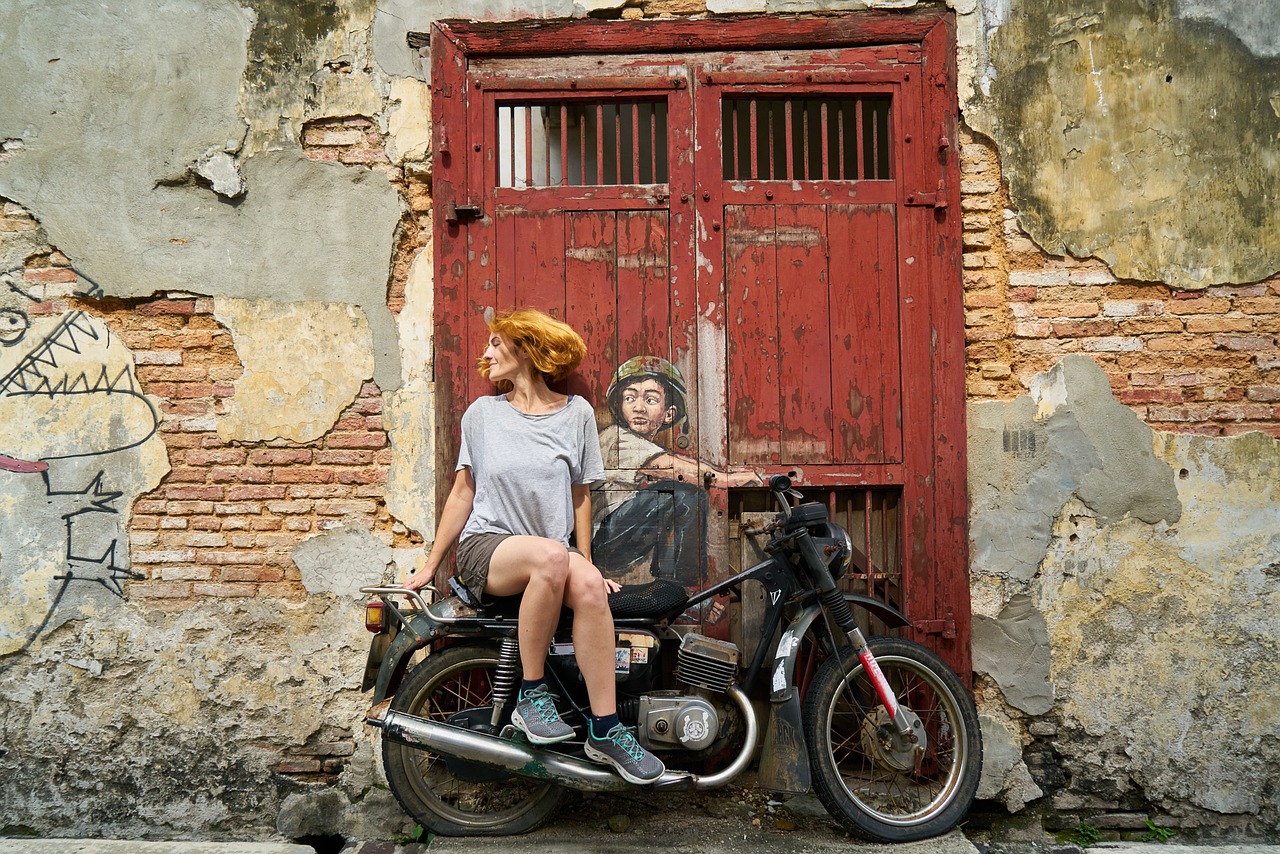
Surface Selection
When it comes to hyperrealism, the is not just a trivial choice; it can significantly impact the final outcome of your artwork. Think of it as the canvas that holds your dreams—each type of surface can bring out different characteristics in your art. Artists often experiment with various surfaces to see which one best complements their style and technique. The right surface can enhance details, improve color vibrancy, and even affect the texture of your work. So, what should you look for when choosing a surface for hyperrealistic art?
First and foremost, consider the medium you plan to use. Different mediums require different types of surfaces. For instance, oil paints thrive on surfaces that can absorb some oil while providing a smooth texture for blending. On the other hand, acrylics can be more versatile, but they often work best on surfaces that allow for quick drying and easy layering. Here’s a quick breakdown of some popular surfaces:
| Surface Type | Best For | Characteristics |
|---|---|---|
| Canvas | Oils, Acrylics | Durable, textured, and versatile |
| Wood Panel | Oils | Sturdy, smooth finish, great for detail |
| Paper | Acrylics, Pastels | Lightweight, various textures available |
| Wooden Board | Oils, Acrylics | Rigid, allows for fine detail work |
Another consideration is the texture of the surface. A textured surface can add an extra dimension to your artwork, but it can also complicate the blending process. For hyperrealism, a smoother surface is often preferred, as it allows for meticulous detail and a flawless finish. However, don’t shy away from experimenting! Sometimes, a little texture can bring unexpected beauty to your piece.
Finally, think about the size of your artwork. Larger surfaces can provide more room for detail and allow you to showcase your skills more prominently. However, they also require more time and patience. If you’re just starting, you might want to practice on smaller surfaces to build your confidence before tackling larger pieces.
In summary, the surface you choose for your hyperrealistic art is crucial. It can affect everything from the way your colors appear to how easily you can manipulate your medium. Take the time to experiment with different surfaces, and you might just find the perfect match for your artistic vision!
- What is the best surface for oil painting in hyperrealism?
Oil paints work well on smooth surfaces like wood panels or primed canvas, allowing for fine detail and blending.
- Can I use regular paper for hyperrealistic drawings?
Yes, but it's important to choose high-quality, thick paper that can handle the medium you’re using, especially for acrylics or pastels.
- Does the texture of the surface matter?
Absolutely! A smoother surface is generally better for hyperrealism, but experimenting with texture can yield interesting results.
- How do I prepare my surface for painting?
Make sure to clean it, and if necessary, apply a primer to ensure the best adhesion and finish for your medium.

Techniques for Achieving Realism
Mastering the art of hyperrealism is like embarking on a thrilling adventure, where every brushstroke can transport your audience into a world that feels almost tangible. To achieve that stunning realism, artists must embrace a variety of techniques that breathe life into their creations. This section will guide you through the essential techniques of layering, blending, and glazing—each a vital tool in your artistic arsenal.
First up is layering, a technique that allows artists to build depth and texture gradually. Imagine constructing a sandwich; each layer adds flavor and complexity to the final bite. In hyperrealism, layering involves applying multiple thin coats of paint to create richness and vibrancy. By starting with a base layer and gradually adding more colors, you can achieve a three-dimensional effect that draws viewers in. For instance, when painting skin, begin with a warm undertone, then add shadows and highlights, ensuring that each layer is dry before proceeding to the next. This meticulous process is what makes hyperrealism so captivating—it’s all about the details!
Next, we delve into the art of blending. This technique is crucial for achieving smooth transitions between colors and creating that photorealistic effect. Think of it as the art of merging the edges of two different worlds. Whether you're working with oils or acrylics, the key to effective blending lies in using the right tools—soft brushes or even your fingers can help achieve that seamless look. When blending, remember to work in small sections and use a light touch to prevent overworking the paint. The goal is to create a soft gradient that mimics how light interacts with surfaces in the real world.
Then, there’s the technique of glazing. This is where the magic happens! Glazing involves applying a thin, transparent layer of color over a dried base layer, enriching the overall tone and adding luminosity. It’s like putting on a pair of sunglasses that enhances the colors around you. To achieve a successful glaze, mix your paint with a glazing medium to ensure it remains transparent. This technique can be particularly effective for creating realistic reflections and highlights, giving your artwork that extra pop. Just remember to let each glaze dry completely before adding more layers to avoid muddying your colors.
In summary, the techniques of layering, blending, and glazing are indispensable for any artist aiming to master hyperrealism. Each method contributes to the overall depth, texture, and realism of the artwork, transforming a simple canvas into a breathtaking visual experience. As you practice these techniques, don't be afraid to experiment and find your unique style. After all, art is as much about the journey as it is about the destination!
- What is the best medium for hyperrealism? While oil paints are often preferred for their blending capabilities, acrylics can also be used effectively. It ultimately depends on your personal preference and the effect you wish to achieve.
- How long does it take to create a hyperrealistic piece? The time required varies based on complexity and size, but hyperrealistic artworks can take anywhere from several days to months to complete.
- Do I need to be an experienced artist to try hyperrealism? Not necessarily! While experience can help, the most important qualities are patience and a willingness to learn and observe.
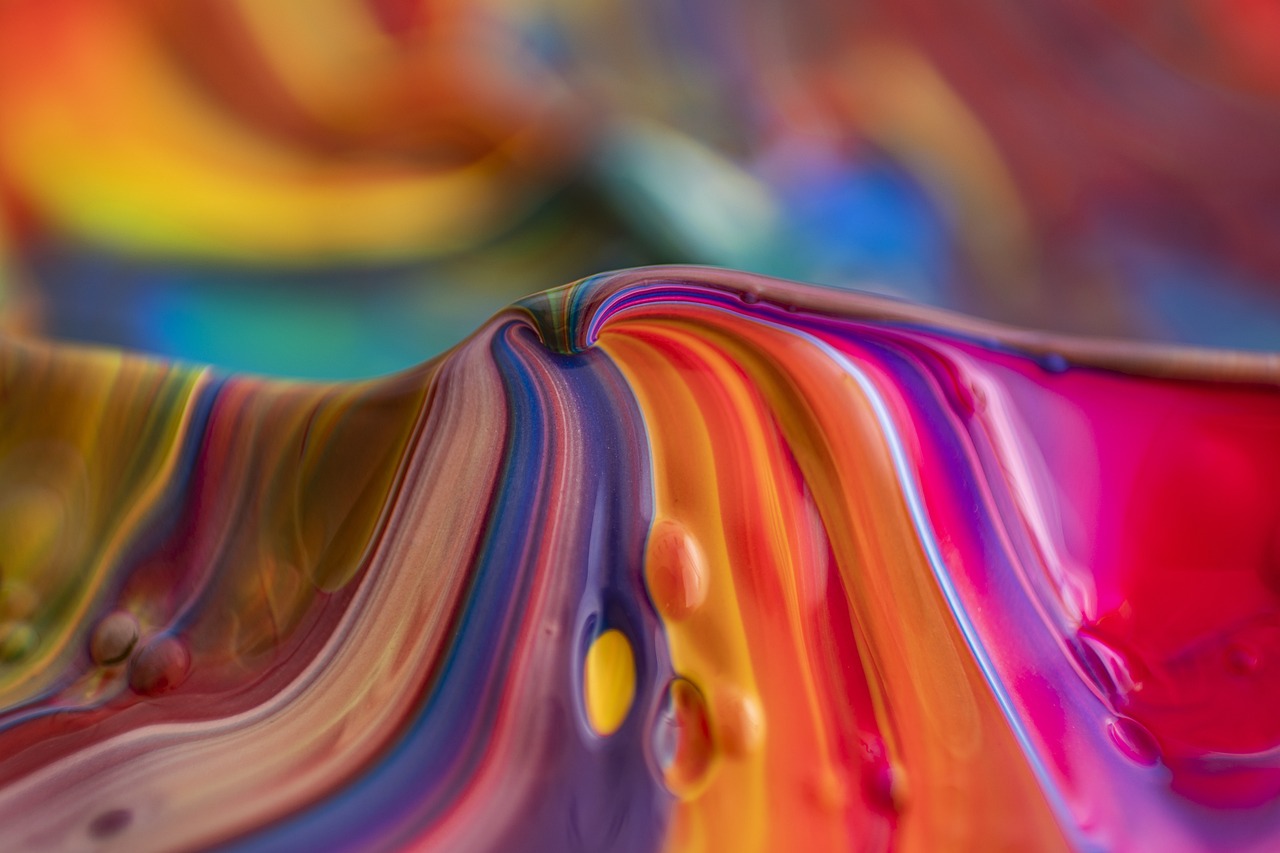
Layering Techniques
Layering is an essential technique in hyperrealism that allows artists to build depth and realism in their artworks. Imagine sculpting with paint, where each layer adds a new dimension to the final piece. This method requires a keen understanding of how colors interact and how light affects surfaces. By applying multiple layers, artists can achieve a stunningly lifelike effect that draws viewers into the artwork, almost as if they could reach out and touch it.
To effectively utilize layering in hyperrealism, artists typically start with a base layer, which serves as the foundation for subsequent applications. This initial layer often consists of a diluted version of the desired color, allowing for a smooth transition into deeper tones. As you build up layers, it's crucial to allow each one to dry fully before adding the next. This not only prevents mudding of colors but also enhances the overall luminosity of the piece. Think of it like building a cake; each layer adds flavor, and if you rush, you might end up with a gooey mess!
When layering, consider the following tips:
- Start Light: Begin with lighter colors and gradually move to darker tones. This technique helps maintain clarity and detail.
- Use Glazing: Incorporate glazing techniques between layers to add depth and richness. A glaze is a thin, transparent layer of paint that can modify the color beneath it.
- Vary Your Tools: Different brushes and tools can create unique textures. Experiment with different applicators to find what works best for your vision.
Another important aspect of layering is understanding how to manipulate texture. For instance, using a dry brush technique on the final layers can create a soft, almost ethereal quality, while a more saturated brush can add boldness to specific areas. This contrast can guide the viewer's eye and emphasize focal points within the artwork.
Ultimately, mastering layering techniques in hyperrealism is about practice and patience. It may take time to develop the skill to see how colors will blend and interact, but with each stroke, you will become more adept at creating that breathtaking realism that hyperrealism is known for. So, grab your brushes, and remember: each layer is a step closer to bringing your vision to life!
Q: How many layers should I use in my hyperrealistic painting?
A: The number of layers can vary depending on your desired effect. Some artists may use as few as three layers, while others may apply ten or more. It's essential to find a balance that works for your style.
Q: Can I use layering techniques with acrylic paints?
A: Absolutely! Acrylics can be layered effectively, but remember to allow each layer to dry completely before applying the next to avoid blending issues.
Q: What is the difference between glazing and layering?
A: Layering refers to the application of multiple layers of paint, while glazing specifically involves applying a thin, transparent layer of paint over a dried layer to enhance color and depth.
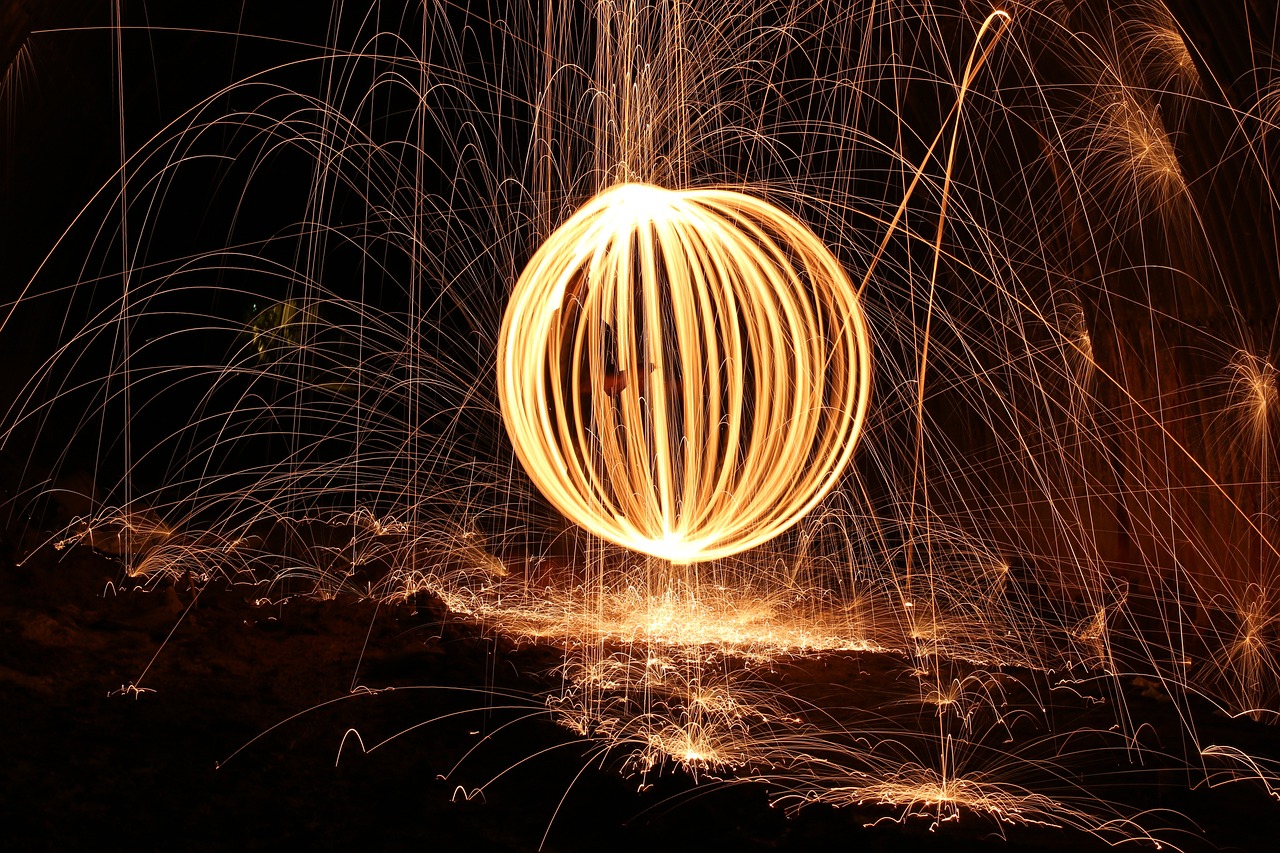
Blending and Glazing
When it comes to achieving that stunning, lifelike quality in hyperrealistic art, blending and glazing are two techniques that can truly elevate your work. Imagine standing in front of a painting that feels so real, you could almost reach out and touch it. That’s the magic of these techniques! Blending involves the smooth transition of colors and tones, creating a seamless appearance that mimics reality. On the other hand, glazing is about layering transparent colors to build depth and luminosity, allowing the underlying layers to shine through. Together, these methods can transform your artwork from merely good to absolutely breathtaking.
To start blending effectively, you’ll want to focus on the tools you use. A soft brush is your best friend here; it allows for gentle strokes that can soften edges and create that smooth gradient you’re aiming for. Additionally, using a medium can help your paint stay workable longer, giving you the flexibility to achieve the perfect blend. For instance, if you’re using oil paints, consider adding a bit of linseed oil to your palette. This not only extends drying time but also enhances the paint's flow, making it easier to blend.
Now, let’s talk about glazing. This technique is often misunderstood, but it's incredibly powerful. Glazing involves applying a thin, transparent layer of paint over a dried layer. This can enrich colors and add a sense of depth that is hard to achieve with a single layer. The key here is to choose your colors wisely. For instance, a cool blue glaze over a warm underpainting can create a stunning contrast that adds vibrancy to your piece. Remember, the beauty of glazing lies in its subtlety; the goal is to enhance, not overpower.
Here’s a quick comparison of blending and glazing to help you understand their unique qualities:
| Technique | Description | Best Used With |
|---|---|---|
| Blending | Creating smooth transitions between colors and tones. | Oil paints, acrylics |
| Glazing | Applying transparent layers to enhance depth and luminosity. | Oil paints, watercolors |
In practice, combining these two techniques can yield extraordinary results. Start with a solid base using blending to create the initial forms and shadows. Once you’ve established your foundation, layer transparent glazes to add complexity and richness. It’s like building a house; you start with a strong structure and then add beautiful details that make it truly stand out.
Lastly, don’t forget to experiment! Every artist develops their own style, and blending and glazing are no different. Try different brushes, mediums, and color combinations to see what works best for you. The more you practice, the more intuitive these techniques will become, allowing your hyperrealistic artworks to shine with a life of their own.
- What is the difference between blending and glazing? Blending focuses on creating smooth transitions between colors, while glazing involves layering transparent colors to enhance depth.
- Can I use blending with acrylic paints? Yes! Blending can be effectively used with acrylics, though it may require different techniques due to the faster drying time.
- How do I know when to use glazing? Use glazing when you want to add depth and luminosity to your artwork, particularly after the initial layers have dried.

Developing an Artistic Mindset
Creating hyperrealistic art is not just about wielding a brush and mixing colors; it’s a journey that requires a unique artistic mindset. This mindset is built on three fundamental pillars: patience, observation, and attention to detail. These elements are crucial in transforming a blank canvas into a breathtakingly lifelike piece of art. So, how do you cultivate this mindset? Let’s dive in!
First and foremost, let’s talk about observation skills. In hyperrealism, the ability to notice the minutest details can make or break your artwork. It’s like being a detective; you need to scrutinize every shadow, every highlight, and every texture. To enhance your observation skills, consider practicing with simple exercises. For instance, try drawing everyday objects without looking at your paper. This forces you to focus on the object itself and develop a deeper understanding of its form. Additionally, you might want to engage in daily sketching. Spend 10-15 minutes each day sketching from life or photographs. Over time, you’ll notice how your ability to capture details improves significantly.
Next up is patience. Hyperrealism is not a sprint; it’s a marathon. It takes time to layer colors, blend them seamlessly, and achieve that stunning realism. Think of it like cooking a gourmet meal; if you rush through the process, you might end up with a dish that’s undercooked or lacking flavor. To cultivate patience, set realistic goals for your artwork. Instead of trying to finish a piece in one sitting, break it down into manageable sections. Celebrate small victories along the way, like mastering a particular technique or achieving the perfect gradient. This approach not only makes the process more enjoyable but also helps you stay focused and motivated.
Finally, let’s discuss the importance of attention to detail. In hyperrealism, every tiny element counts. From the subtle variations in color to the texture of a surface, being meticulous can elevate your artwork to new heights. To enhance your attention to detail, consider creating a checklist of elements to focus on for each piece. For example:
- Color accuracy
- Texture representation
- Light and shadow dynamics
- Proportionality
By systematically addressing each element, you’ll find that your overall skill and confidence increase. Moreover, don’t hesitate to step back and analyze your work from a distance. This can help you identify areas that need more attention or adjustment.
In conclusion, developing an artistic mindset for hyperrealism is a multifaceted process that requires dedication and practice. By honing your observation skills, cultivating patience, and paying close attention to detail, you’ll not only improve your technical abilities but also find greater joy in your artistic journey. Remember, art is a reflection of your inner world, so let your passion shine through every stroke!
Q: How long does it take to master hyperrealism?
A: Mastering hyperrealism varies from artist to artist. It can take years of practice, but consistent effort and dedication will lead to progress.
Q: What are some common mistakes beginners make in hyperrealism?
A: Common mistakes include rushing the process, neglecting to observe details, and using the wrong materials. Taking your time and practicing patience can help avoid these pitfalls.
Q: Can I use digital tools for hyperrealism?
A: Absolutely! Digital tools can be incredibly effective for creating hyperrealistic art. Many artists use software like Photoshop or Procreate to achieve stunning results.

Observation Skills
When diving into the world of hyperrealism, one of the most vital skills an artist can hone is their . This isn't just about looking; it's about truly seeing the nuances that exist in the world around us. Think of it like being a detective, where every detail counts and can make or break the realism of your artwork. To become a master in hyperrealism, you must train your eyes to notice the subtle shifts in light, color, and texture that others might overlook.
One effective way to enhance your observation skills is through daily practice. Try setting aside time each day to draw or paint from life. This could be anything from a simple fruit bowl to a complex portrait. The goal here is to focus on capturing the essence of what you see, not just the outlines. As you practice, consider these key elements:
- Light and Shadow: Pay attention to how light interacts with objects. Notice where the shadows fall and how they create depth.
- Color Variations: Observe the subtle shifts in color. Real-world colors are rarely uniform, and capturing these variations adds realism.
- Textures: Different materials have distinct textures. Take note of how they reflect light and how they feel to the touch.
Another helpful exercise is to engage in mindful observation. This involves taking a moment to really immerse yourself in your surroundings. Sit in a park, for example, and spend time observing a single tree. Look at the bark's texture, the way the leaves catch the sunlight, and the colors that emerge in different areas. Jot down your observations in a sketchbook, noting what you see and how it makes you feel. This practice not only sharpens your observational skills but also deepens your connection to your subject matter.
Additionally, consider using reference photos to train your eye. Take your own photographs or find high-quality images online. Spend time analyzing these images, noting the details that make them appear realistic. Break down the elements of the photo into manageable parts, focusing on aspects like composition, lighting, and color palette. Over time, you'll find that your ability to replicate these details in your own work will improve significantly.
Ultimately, developing observation skills is about cultivating a mindset of curiosity and attentiveness. It's about training yourself to see the world as an artist, where every detail has the potential to enhance your artwork. So, grab your sketchbook, head outside, and start observing the beauty that surrounds you. You'll be amazed at how this practice can transform your hyperrealistic creations.
- What is hyperrealism? Hyperrealism is an art movement that aims to create artworks that resemble high-resolution photographs, often focusing on intricate details and lifelike representations.
- How can I improve my observation skills? Practice drawing or painting from life, engage in mindful observation, and analyze reference photos to enhance your ability to notice details.
- What materials are best for hyperrealism? Artists often use oil paints, acrylics, and pastels, depending on their preferred techniques and desired effects.
- Is hyperrealism the same as photorealism? While both movements focus on realism, hyperrealism often incorporates more emotional and conceptual elements, whereas photorealism aims for a direct replication of photographs.

Patience and Practice
When it comes to hyperrealism, patience isn't just a virtue; it's an absolute necessity. Creating art that mirrors reality so closely takes time, dedication, and a willingness to embrace the process. Think of it like sculpting a masterpiece from a block of marble—each stroke, each layer, is a step closer to revealing the beauty hidden within. Artists often find themselves spending hours, days, or even weeks on a single piece, meticulously refining every detail until it reaches that coveted level of realism.
But how do you cultivate this kind of patience? Here are a few tips:
- Set realistic goals: Break your project into manageable sections. Instead of aiming to finish an entire piece in one sitting, focus on completing a section at a time. This not only makes the task less daunting but also allows you to appreciate the progress you’re making.
- Practice mindfulness: Engage fully with your work. Take moments to step back and observe what you’ve created. This practice can help you remain present and focused, reducing frustration.
- Embrace mistakes: Every artist makes mistakes. Instead of viewing them as setbacks, consider them as opportunities for growth. Each error teaches you something valuable about your technique and your materials.
Consistency is key in mastering hyperrealism. Just like learning a musical instrument, the more you practice, the better you become. Regular practice helps develop your skills and builds muscle memory, making it easier to replicate the intricate details that define hyperrealistic art. Set aside dedicated time each week to hone your craft. Even short, focused sessions can lead to significant improvements over time.
Additionally, consider keeping a practice journal. Documenting your progress allows you to reflect on your journey, noting what techniques worked well and what didn’t. This reflection can be incredibly motivating as you see how far you've come, and it helps clarify your artistic goals.
In the world of hyperrealism, patience and practice are intertwined like the layers of paint on your canvas. Each layer requires time and attention, just as each moment spent practicing builds your skills. Remember, the journey to creating stunningly lifelike artworks is as important as the final piece itself. So, take a deep breath, pick up your brush, and enjoy the beautiful process of creation.
Q: How long does it take to create a hyperrealistic artwork?
A: The time it takes can vary greatly depending on the complexity of the piece and the artist's skill level. Some artists may complete a work in a few days, while others may take weeks or even months.
Q: What is the best medium for beginners in hyperrealism?
A: Many beginners find that starting with acrylics is beneficial due to their quick drying time and ease of use. However, experimenting with oils can also provide rich textures and depth.
Q: How can I improve my observation skills?
A: Practice drawing from life as much as possible. Spend time studying objects in detail, noting their textures, colors, and shapes. Engaging in exercises that focus on seeing and replicating details can greatly enhance your observation skills.
Q: Is hyperrealism only about painting?
A: No, hyperrealism can also be found in sculpture, photography, and other forms of art. The key is the intention to create a lifelike representation, regardless of the medium.
Frequently Asked Questions
- What is hyperrealism?
Hyperrealism is an art movement that aims to create artworks that closely resemble high-resolution photographs. It goes beyond traditional realism by focusing on minute details and textures, making the artwork appear almost lifelike.
- How does hyperrealism differ from photorealism?
While both hyperrealism and photorealism strive for accuracy, hyperrealism often incorporates emotional depth and narrative elements, making it more than just a replication of a photograph. It's about capturing the essence and experience of the subject.
- What tools do I need to start creating hyperrealistic art?
To create hyperrealistic art, you'll need specific tools like high-quality paints (oils, acrylics, or pastels), various brushes for detail work, and appropriate surfaces such as canvas or high-grade paper that can handle intricate techniques.
- Are oil paints better than acrylics for hyperrealism?
Oil paints are often preferred for their rich textures and blending capabilities, allowing for smoother transitions. However, acrylics dry faster, which can be beneficial for layering. The choice depends on your personal style and the effect you want to achieve.
- What are layering techniques in hyperrealism?
Layering involves applying multiple thin layers of paint to build depth and richness in color. It’s essential for achieving the realistic look that hyperrealism demands, as it helps to create shadows and highlights effectively.
- How can I improve my observation skills for hyperrealism?
Improving observation skills can be done through practice. Try drawing from life regularly, focusing on capturing details accurately. Exercises like blind contour drawing can also help you see shapes and forms more clearly.
- Is patience really that important in hyperrealism?
Absolutely! Hyperrealism is a meticulous process that can take a lot of time. Cultivating patience allows you to focus on the details and nuances that make your artwork truly lifelike. Remember, good things take time!


















